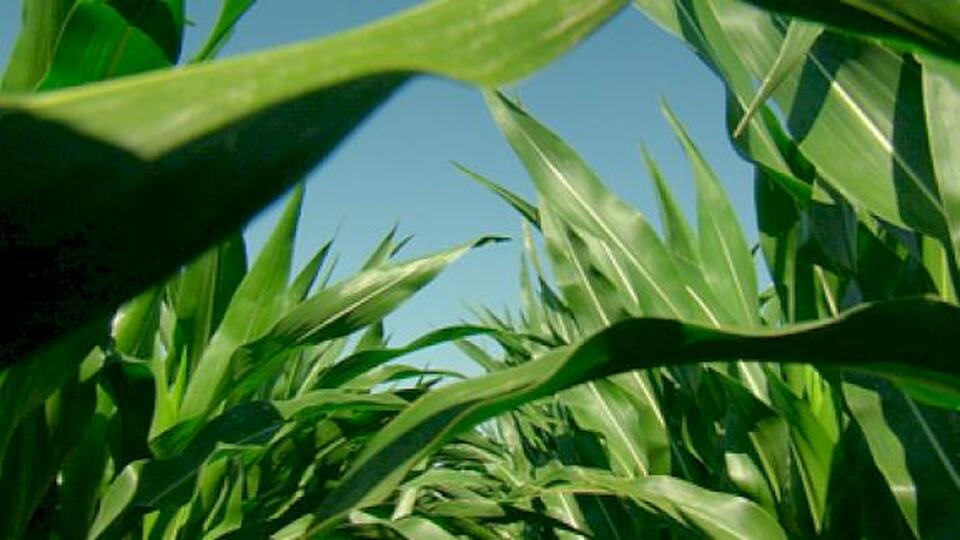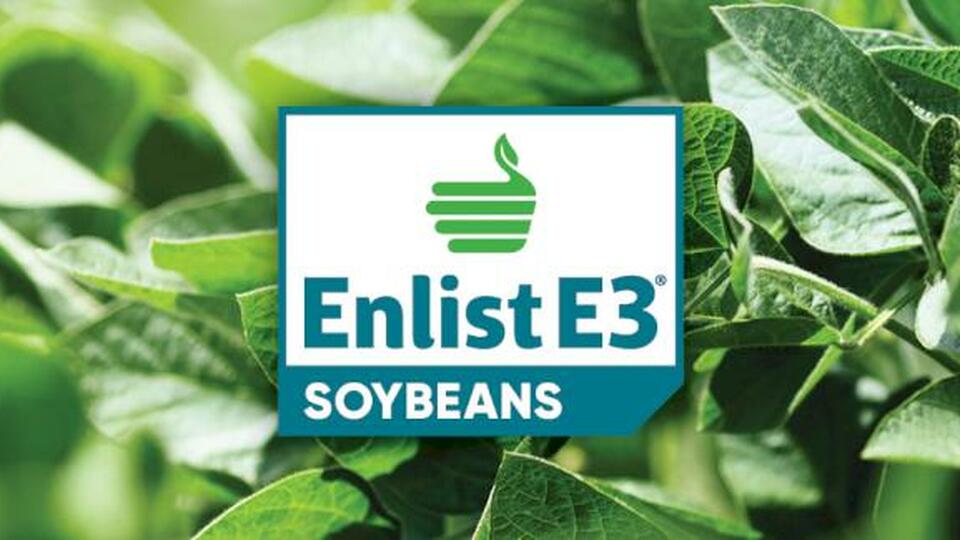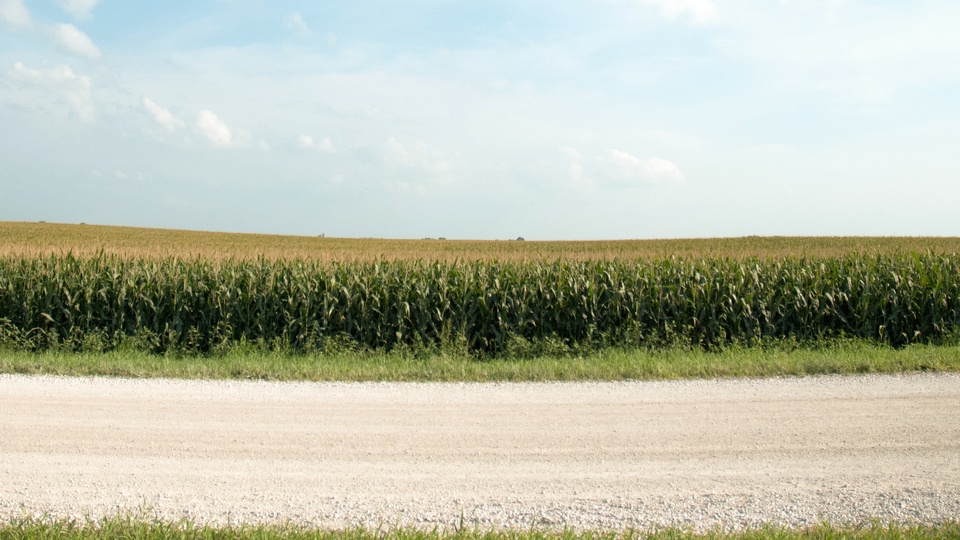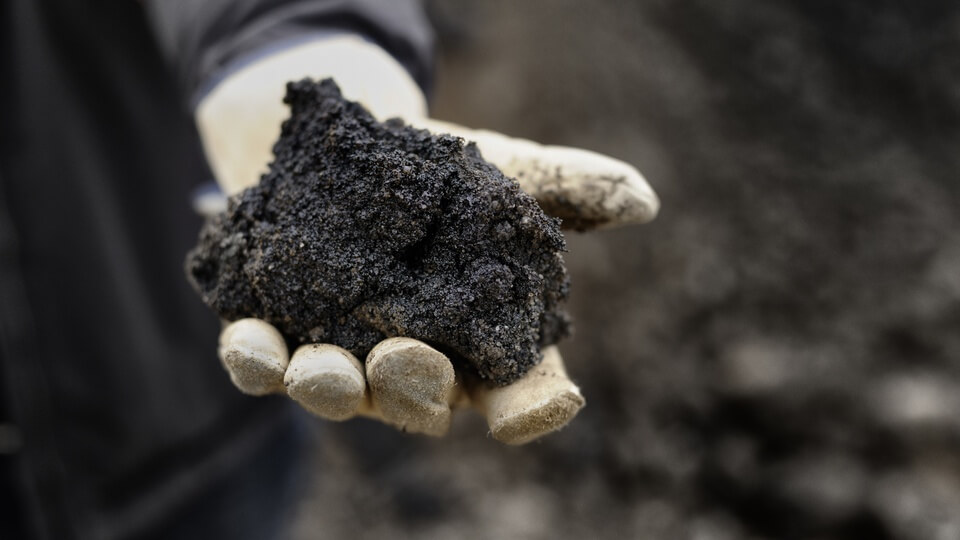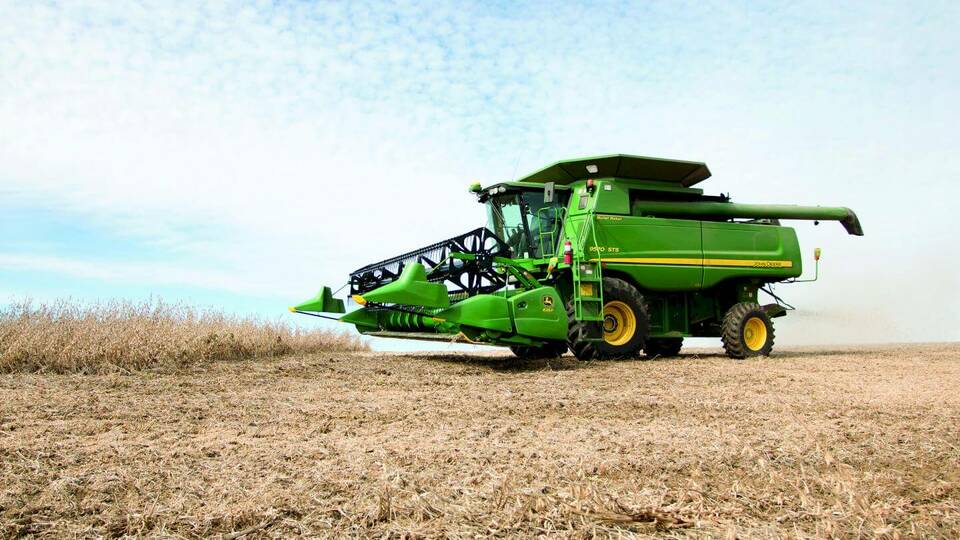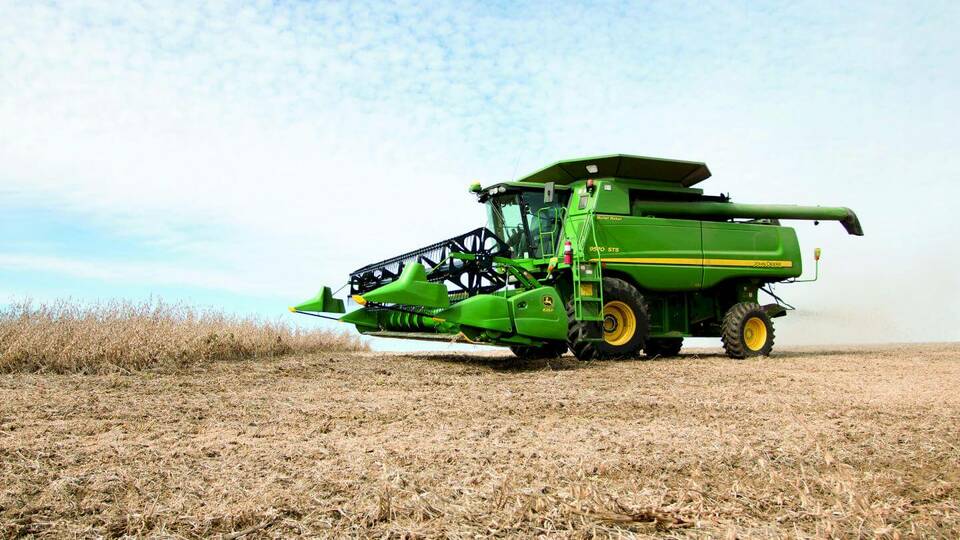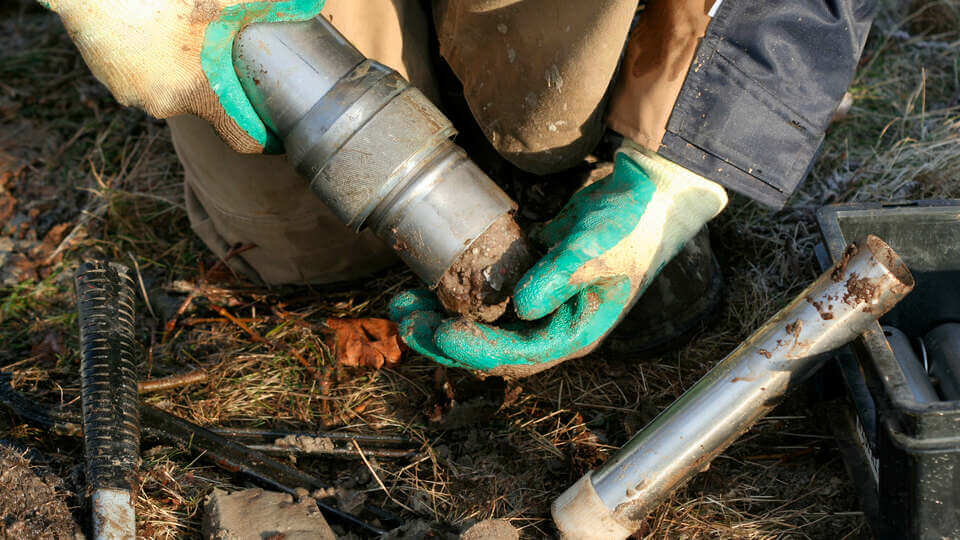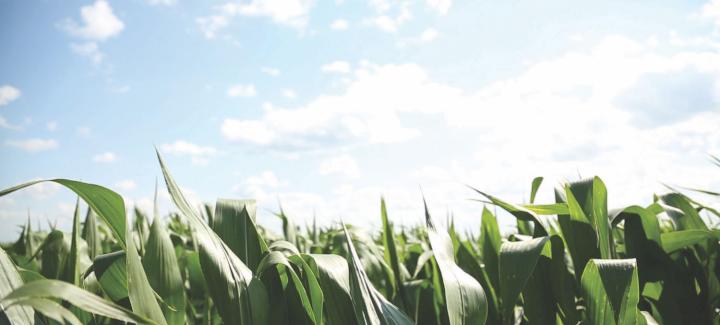Stine Seed Blog
Stine’s Ask the Agronomist blog is your source to the latest information from our expert team, including advice and insight on field practices, product recommendations, planting and harvest updates, new technologies, crop management, innovative research and information about how to keep your farm operation running smoothly year round.
-

Reflecting on 2023
December 2023 in General
-

Season’s Greetings from Stine®
December 2023 in General
-

Product Spotlight: Stine® 9752-32 Brand Corn
December 2023 in Agronomy
-

The Stine® Enlist E3® advantage
December 2023 in Agronomy
-

Look beyond most recent results when reviewing corn and soybean options for 2024
November 2023 in Agronomy
-

Thankful for …
November 2023 in General
-

Subsoil Moisture by Stine Field Agronomist Daniel Greblunas
November 2023 in Agronomy
-

Stine® Harvest Roundup Part 2
November 2023 in Agronomy
-

Stine® Harvest Roundup Part 1
November 2023 in Agronomy
-

Why is soil sampling important?
October 2023 in Agronomy
-

Introducing Stine's Prescriptive Pathogen Report
October 2023 in Agronomy
-

Find Stine® at an upcoming career fair
October 2023 in General



